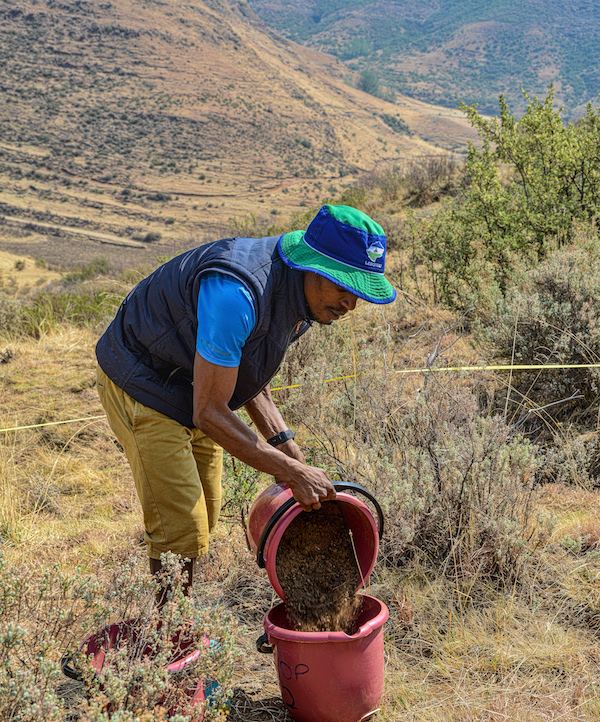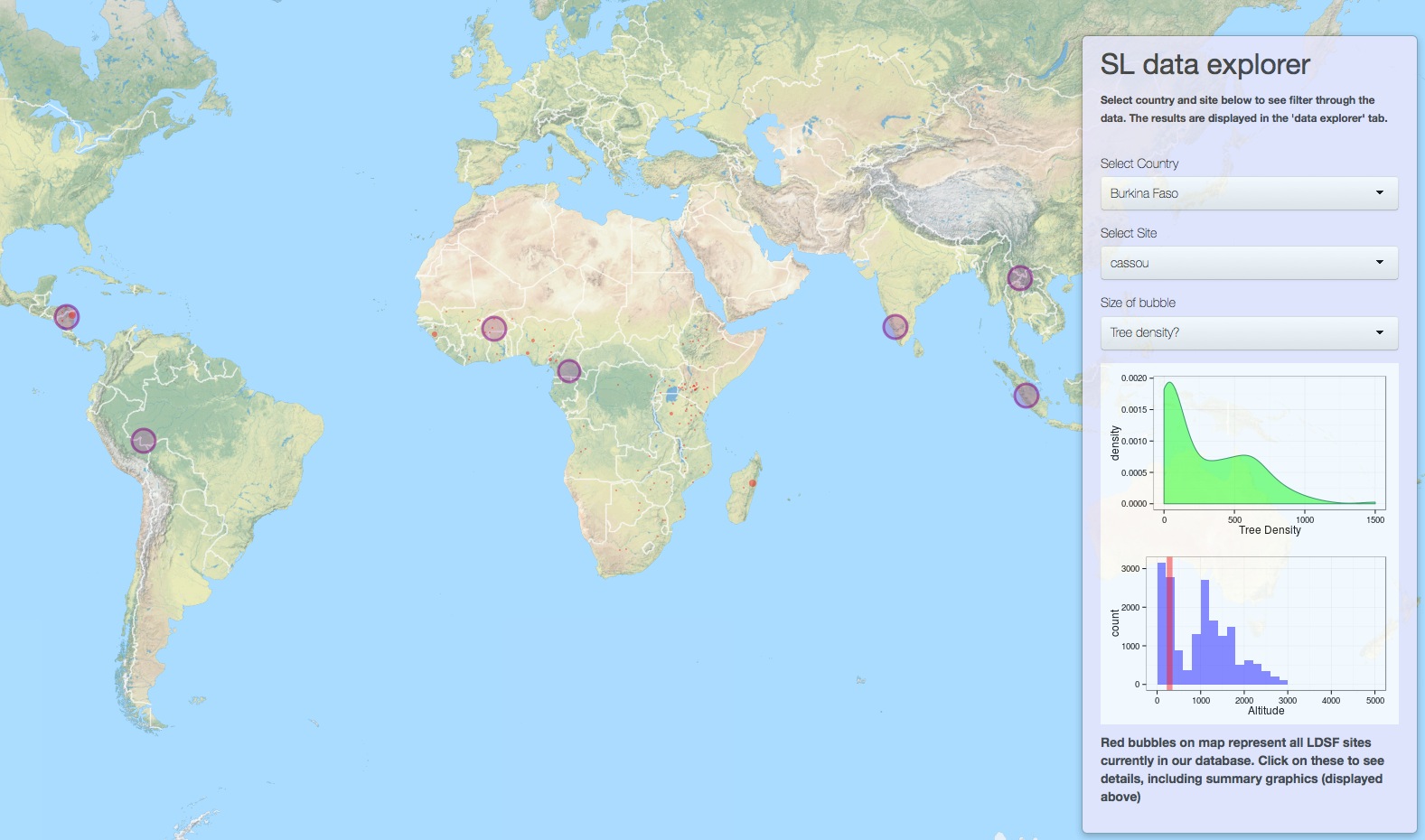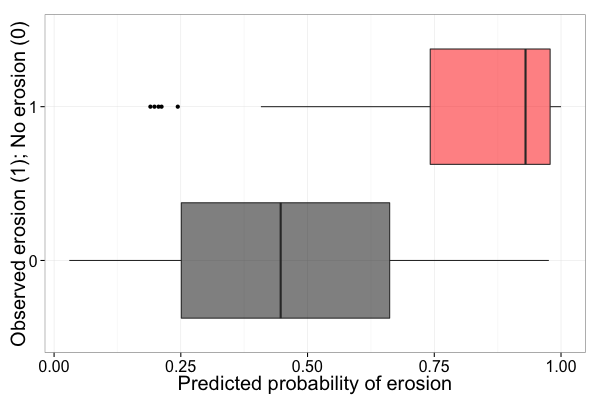Photo: Farmer removing side stems from naturally regenerated Guiera senegalensis to enhance its growth, a key FMNR practice (by P. Savadogo/ ICRAF).
This blog is reposted with permission from the ICRAF website
Farmer-managed natural regeneration as a land restoration strategy. Under what conditions does it work?
The upcoming UN decade on Ecosystem Restoration aims to ...






